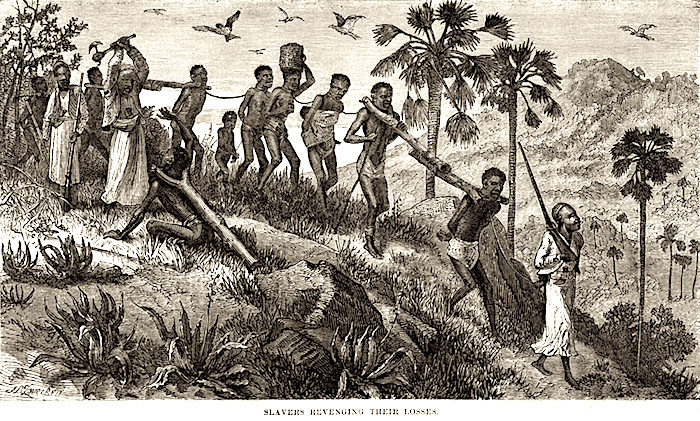
© David Livingstone“Slavers Revenging Their Losses,” a 19th-century engraving contained in an 1866 book based on the sketches and reports of David Livingstone.
On January 15, and well into the morning of the next day, terrorists affiliated with the Somali Jihadi group Al Shabab forced their way into an upscale Nairobi hotel and business centre,
killing 21 innocent civilians. Kenyan authorities, with some help from Western allies, killed some of the terrorists and captured the rest. Al Shabab justified the attack by denouncing the Kenyan government's participation with African Union forces in Somalia, which has been in a state of civil warfare since the early 1990s.
I had driven by the targeted complex a couple of days before the attack, and once lived in this neighbourhood back when Kenya was my permanent home. On this visit to the country, I've noticed that - notwithstanding January's terrible tragedy -
tourism is booming, agriculture is bountiful and the Kenyan elite are benefiting from the massive Chinese investments that have transformed the landscape. The overall degree of improvement depends on which expert you believe. But the plethora of expensive cars that now jam the streets of Nairobi, and the building boom on display in many parts of the city, do
suggest a surging economy.Anyone who knows the history and tribal dynamics of East Africa and the Horn will understand that even if the Kenyan government pulled all its troops out of Somalia, Al Shabab likely would still try its best to destabilize this country. I outlined the reasons for this decades ago, when I first briefed visiting Canadian and U.S. military personnel here in Nairobi. Many of the things I told them remain as true now as they were then. That's because
the most important factors at play are rooted in history, not in recent geopolitical developments.Specifically:
Many modern problems in the area are rooted in the Indian Ocean slave trade - a scourge that was
distinct from the better known slave trade that preyed on West Africa. In the eastern part of the continent, there was little to no European involvement.
The practice was indigenous and ancient, and lasted more than a thousand years.
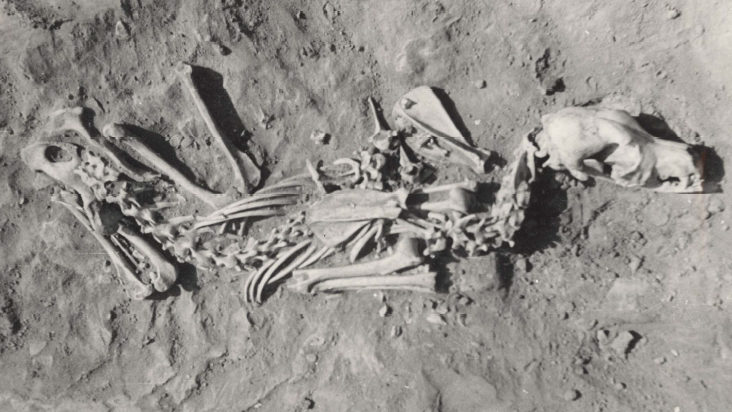
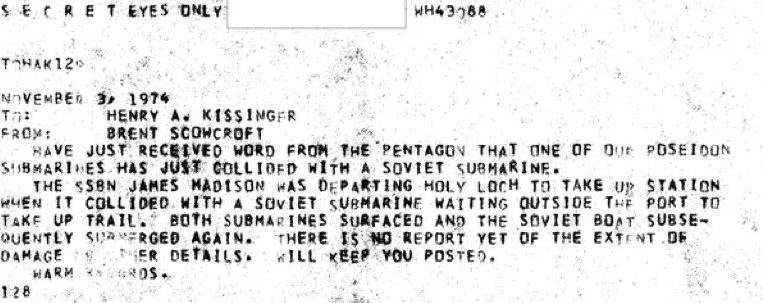
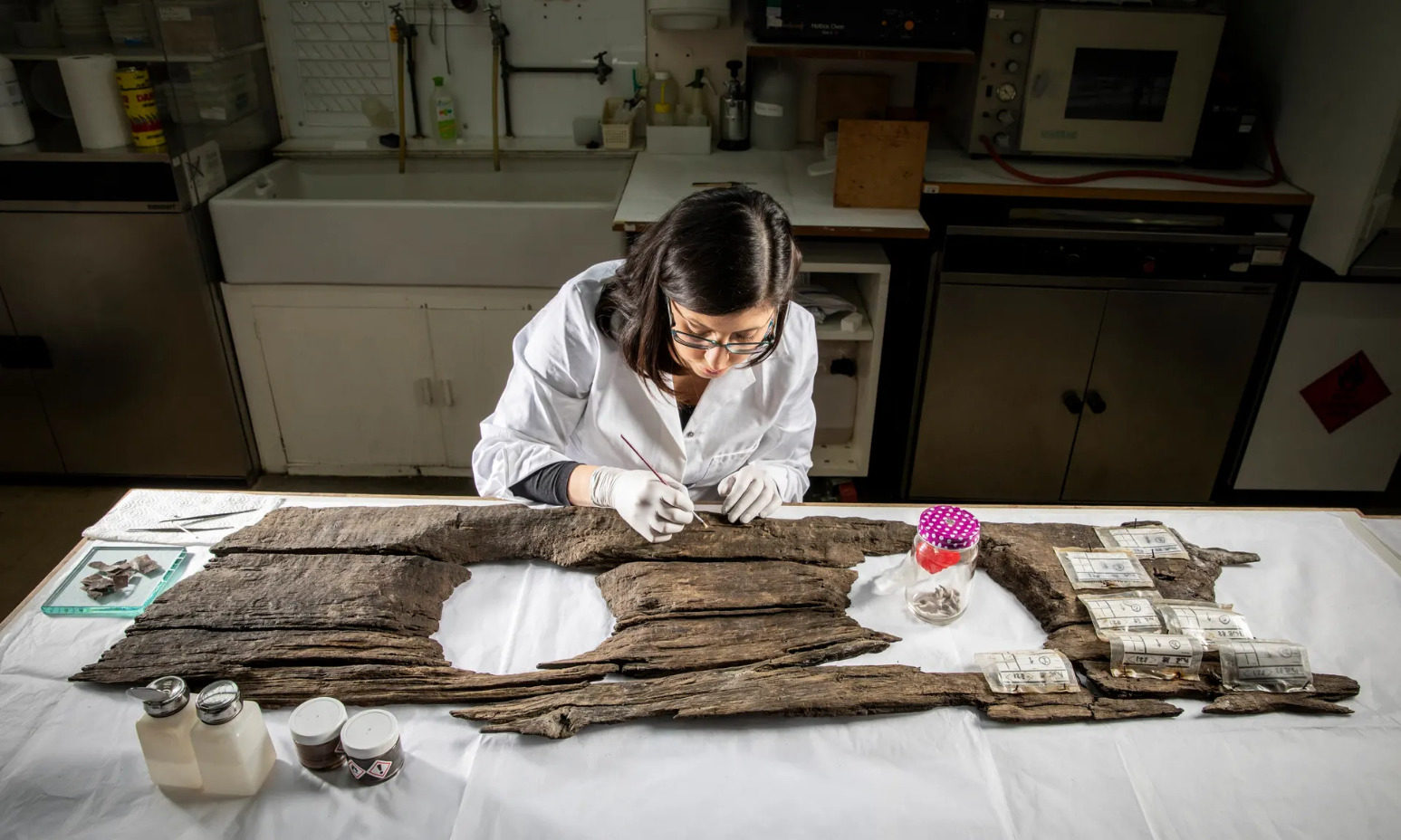
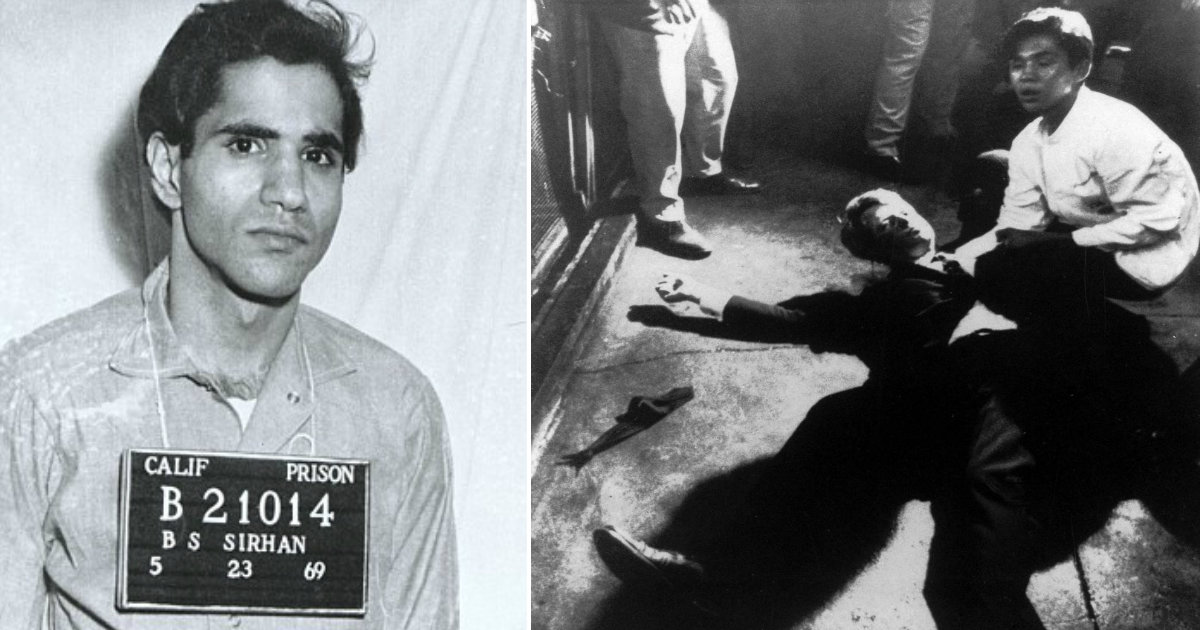



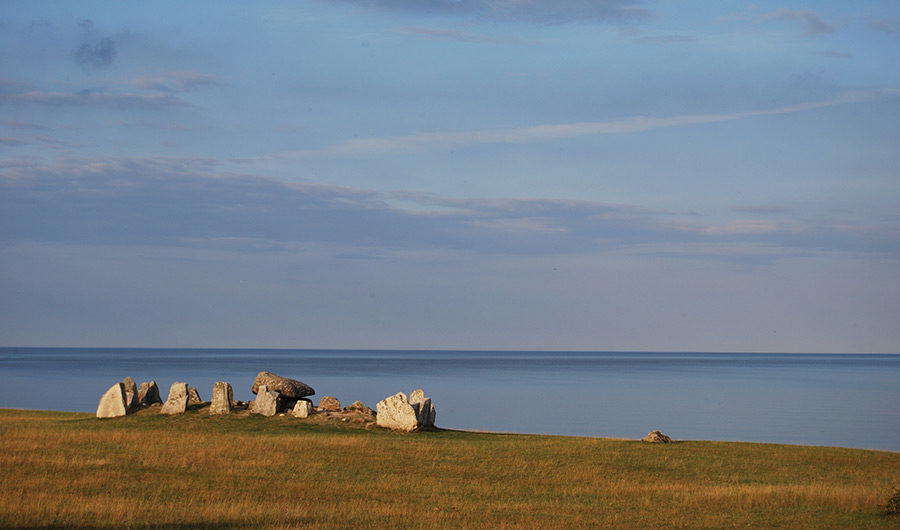





Comment: See also: